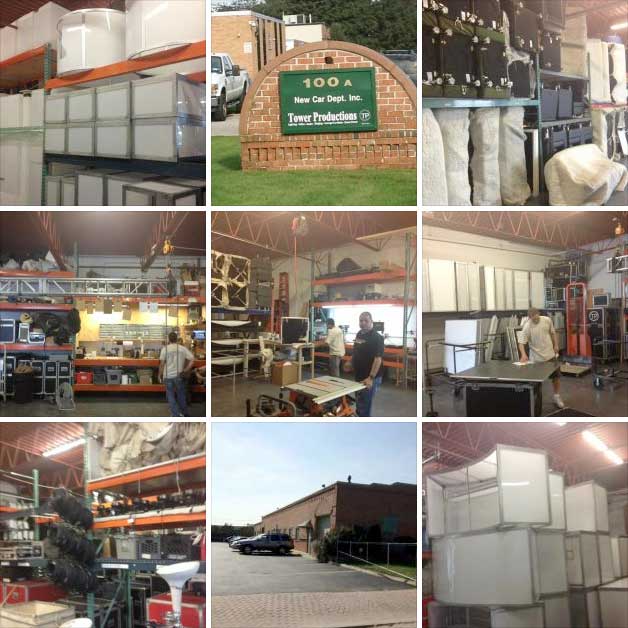Conquering Obstacles in the Craft of Video Projection Projection Mapping Execution
Wiki Article
Visual projection mapping is an innovative technology that transforms common surfaces into engaging presentations. This method enables artists and designers to cast images and footage onto objects like structures, sculptures, or theaters, creating an engaging aesthetic experience. However, despite its potential, executing video projection mapping effectively comes with several challenges. Understanding and addressing these obstacles is essential for anyone looking to create memorable projection art.
One of the primary difficulties in video projection mapping is ensuring that the displayed graphic matches perfectly with the object. This procedure, known as "mapping," requires accurate measurements and figures. If the projection is not matched correctly, the images can appear warped or misplaced. To tackle this issue, artists often use specialized software that helps in mapping the visuals to the object's size. Moreover, conducting thorough tests before the ultimate projection can help identify any discrepancies and allow for modifications to be made.

Another significant challenge is the varying luminosity and color of the displayed images. Different materials react differently to light, which can affect how the colors look once projected. For instance, a pale surface will bounce brightness differently than a deep one. To overcome this, artists must think about the surface characteristics before selecting the hues and brightness for their displays. Testing the display on the actual surface during the preparation phase can provide essential understanding into how the final show will appear.
Technological issues can also create a hurdle in video projection mapping. Problems such as hardware malfunction, software bugs, or network issues can interfere with the entire project. To reduce these risks, it is vital to conduct thorough hardware checks and have contingency plans in position. This can include having like it additional cables, projectors, and even alternative software choices ready to go. Being ready for technical difficulties can ensure a smoother implementation of the projection.
Finally, viewers' engagement is an important aspect of video projection mapping. While the graphics are key, how the viewers engage with the display can make a significant impact. Artists must consider about how see post to create their displays to attract viewers’ focus and promote participation. This can entail adding elements that invite engagement or create a story that connects with the viewers. Gathering input from test viewers can also help enhance the show to improve engagement.
In summary, addressing challenges in video projection mapping requires meticulous preparation and innovation. By tackling the challenges of alignment, brightness, technical issues, and audience engagement, creators can produce stunning and effective projections. With the right approaches in place, video projection mapping can transform ordinary spaces into extraordinary experiences, captivating viewers and creating a memorable impact.